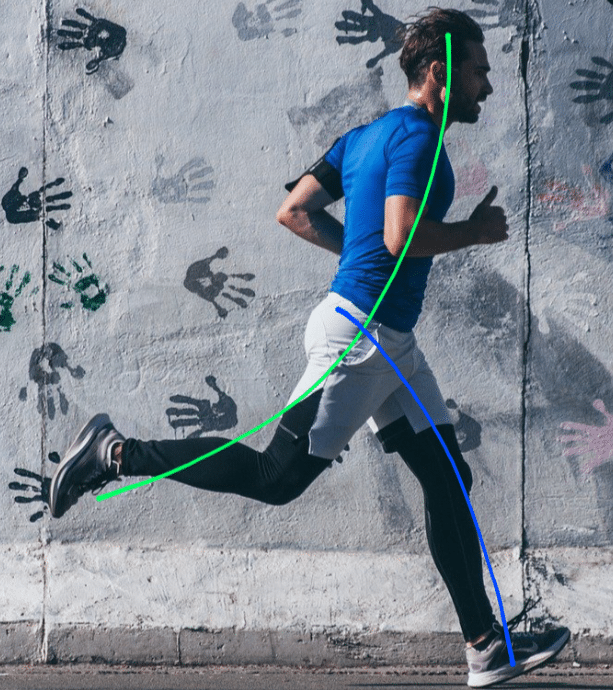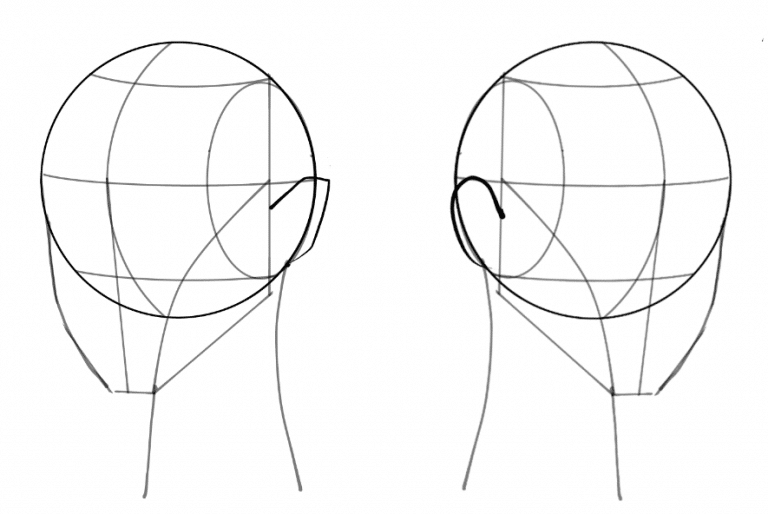Best introduction to Lines in Character Design – for Beginners

Disclaimer: Just a heads up, I’m a beginner artst, I do a lot of research and aim to use own personal experience to make sure the information I share is accurate. But since I’m not a professional yet, I might be slightly off on some things. Feel free to let me know in the comments if there’s anything I could improve!
The fundamentals of any drawing-Character Design or not-all make use of lines. This is pretty obvious. Everything is made up of lines when we draw, whether it’s a simple box, or a highly detailed drawing of a dragon, it’s still made up lines despite how complicated it can look.
Lines are the building blocks of all illustrations, serving as the foundation for building shapes and forms and developing them.
Good line quality, and use, is what will set your drawing’s apart from others.
Line In Character Design:
Line is a significant aspect of character design as it helps with creating the energy and gesture within our character designs. For example if we have a character Design vision, where we want them in a really cool action pose, ensuring that there is energy within that characters pose can help to sell your vision to the viewer.
The end goal of any Character Design, is to sell the vision, and story of your character to your viewer. Ensuring that your Line’s both read well, and communicate the gesture of your design is pivotal.
Later we will analyse some poses and break them down if they are good or bad designs.
Line of Action:
If you are interested in character or figure design you likely would have come across the term Line of Action. This was something that always tripped me up. I never truly understood what it meant. If you are in such as situation or are new to it, I hope this will clear things up.
The Line of Action (LOA) is a line that that describes the gesture of your pose.
- The LOA typically starts at the top of the head and then goes down either one or both the legs.
- If the LOA is a straight line down the character it means that the character is in a static pose. This is great if you want your character to appear stoic and stiff. But it lacks gesture, there is no flow throughout the character.
- The LOA typically is a C curve or a slight S curve depending on the pose.
Secondary Line’s of Action:
- Sometimes we can have two or more LOA, it depends highly on the pose/reference and how you want to represent the overall LOA.
- Secondary LOA’s are LOA’s that show the gesture of limbs.
Examples of Good & Bad Poses/Gestures:

Green = Primary Line of Action. Blue = Secondary Line of Action.
- In the above example, we have a primary LOA which is a smooth S curve that flows from the top of the head down to the bottom of the foot. This is enough to tell the gesture of the pose.
- I’ve also added a secondary LOA, I put a C curve for the arm, and another C curve (maybe slight S) for the other leg.
- There is no right or wrong with LOA, this was just what I saw and drew, your’s may be different and thats perfectly fine! The main goal of LOA is to show the gesture and action of the pose.

- The above is a great example of a great pose/gesture. It’s a running/action pose. A key thing for running pose is to do with Balance, something I will cover in the future.
- But as we can see, the main line of action that I see is the C curve from the head down to the foot.
- I then see another Secondary LOA for the front leg.
Quick tips on improving Line Quality:
Many artists, when starting out, typically have issues with Line Quality. Line Quality refers to drawing smooth lines with no ‘Chicken Scratching’. Chicken Scratching is a bad habit of creating scratchy lines to represent…well a line. Not only is it unappealing but it doesn’t look professional. (unless that’s the look you are going for, or the scratchy lines are genuinely intentional) Below is an example of ‘Chicken Scratching’:

Some way’s you can improve your line quality-digitally or traditionally- is to draw pages of straight lines, circles, and boxes. Make sure to draw with your shoulders. Below is a quick example, I recommend doing pages of these separately, till you can produce nice smooth lines. They dont have to be perfect, as you can always erase or undo.


